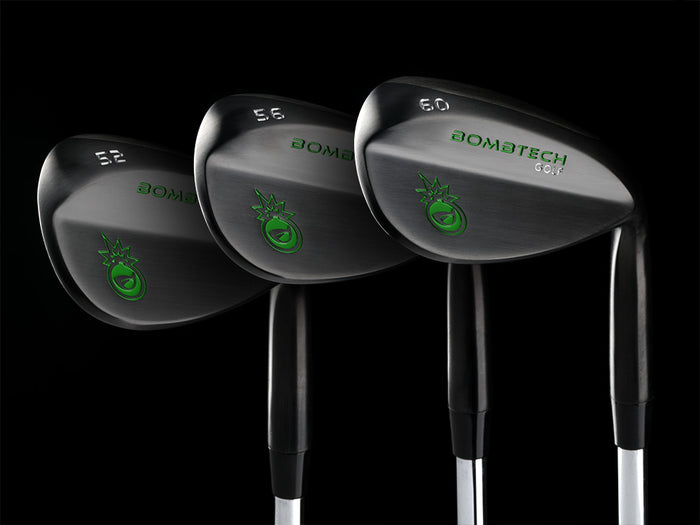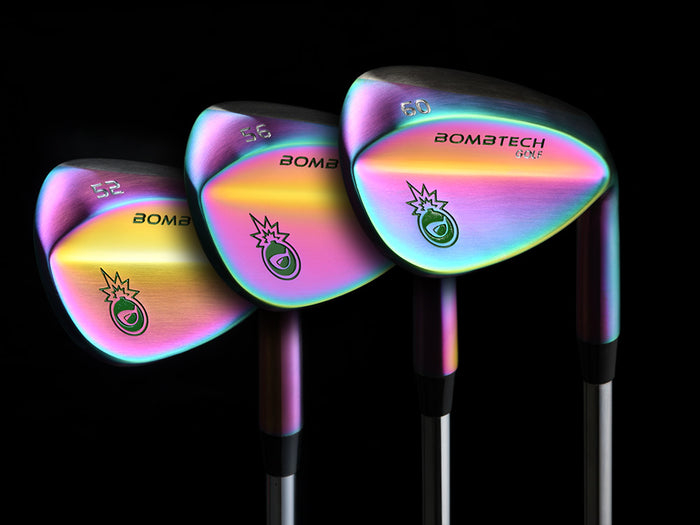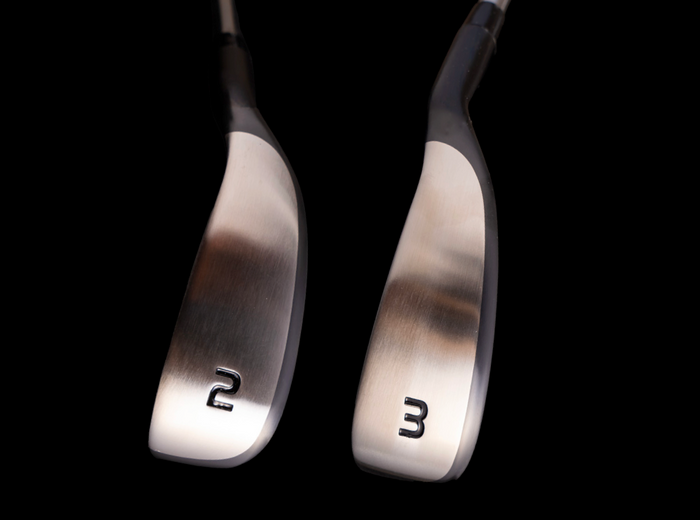Just like any other golf equipment, such as high-quality golf irons and drivers, wedges tend to require quite a bit of practice if you want to learn to hit properly, especially if you are a novice player. Unfortunately, many beginners tend to avoid wedge practice, only using them for warm ups instead of learning how to use wedges to their advantage.
While a lack of practice is bound to result in chunked or skulled wedge shots, you may also be using a wrong wedge for your skill level. Wedges suited for mid and high handicappers tend to be designed to minimize the possibility of mishits and allow the player to improve quickly.
In this article, we will focus on discussing the best game improvement wedges in 2019, as well as what makes different types of wedges more forgiving and, as a result, more suitable for beginners in 2020. Keep reading.
What are the most forgiving wedges?
The best beginner golf wedges are those that offer high versatility, spin, feel, and forgiveness. In terms of forgiveness, in particular, wedges can vary greatly depending on the type and manufacturer.
The forgiveness of a wedge is closely tied to the width of the sole and the wedge’s ability to send a ball high up into the air. This is why sand wedges with wide and heavy soles are a great choice for beginner golfers, allowing them to hit the ball from a bunker or sand trap with ease.
If your handicap is high, you should avoid blade-design wedges as they are very thin and don’t offer much perimeter weighting, which makes them hard to hit. Instead, you should look for cavity back wedges that are designed for more bounce and even weight distribution across the clubhead. But what is bounce exactly and how does it affect forgiveness? Here is a quick rundown of wedge forgiveness and bounce.
What is golf club bounce?
Bounce is the angle created between the sole’s leading edge, the bottom-most point of the sole, and the ground. To put it more simply, bounce angle measures the ability of the lowest part of the sole to lift the leading edge at address. The higher this angle is, the more the wedge will be able to lift the leading edge.
What does bounce do?
There are two main ways in which bounce improves the forgiveness of a golf wedge. For starters, it can significantly improve your chances of hitting a good bunker shot, as it helps move the clubhead through sand. Additionally, bounce helps you with fat shots by controlling the digging of the clubhead into the ground, sending your ball to the target more accurately, and helping your 100-yard shots.
How do I get better at wedges?
In addition to choosing a forgiving wedge, you will still need to practice your technique in order to improve your wedge game. Here are some helpful tips:
What are some good game improvement wedges?
Typically, super game improvement wedges tend to have a lot of bounce. Nevertheless, different bounce angles are suitable for different purposes. Here are the three main wedge types in terms of bounce with their respective benefits:
Low bounce
Wedges that have a low bounce typically have angles between 4 and 6. These wedges are great for bunkers that have coarse or hard sand, as well as for firm turf. They achieve a clean contact with the ball, and provide great accuracy.
Low bounce wedges are often used for lob shots and tight lies around the green. While not the best choice for beginner golfers, these wedges are perfect for golfers with a sweeper swing style as well as shallow attack angles.
Mid bounce
With angles between 7 and 10, mid bounce wedges are often used on normal and firm turfs. They allow the player to achieve great trajectory control and precise distance around the green. Mid bounce wedges are the most versatile option among the three, being suited to many swing styles and turf conditions. They tend to be best for players with a swing style that is neutral and moderate attack angles.
High bounce
Amateurs can achieve great results with high bounce wedge options. With bounce that tends to be over 10°, these wedges are great for soft sand bunkers, soft turf, and fluffy lies. A sand wedge with a lot of bounce will keep the sole’s leading edge from dragging through the sand, while lob wedges with high bounce are an ideal choice for players with digger swings, steep angles of attack, and deep divots.
A high bounce wedge is the best choice for amateur golfers as it generates quite a bit of spin and gives the player better control over 100-yard shots. They tend to be the most forgiving overall, allowing you to improve at a much quicker pace.
Who makes the best golf wedges?
BombTech Golf is a trusted provider of golf wedges, drivers, and irons that feature one-of-a-kind designs and allow amateurs to stick more greens. Whether you’re looking for a driver suitable for beginners or want to try out our fantastic 72-degree Grenade wedge, you can return the product within 60 days in case you’re not completely satisfied with its performance. That’s how confident we are in the quality of golf clubs.
In addition to ensuring your satisfaction, we also take steps to make sure your card information is perfectly safe by using an encrypted SSL security system. Check out our online offer and get the best game improvement wedges today!





